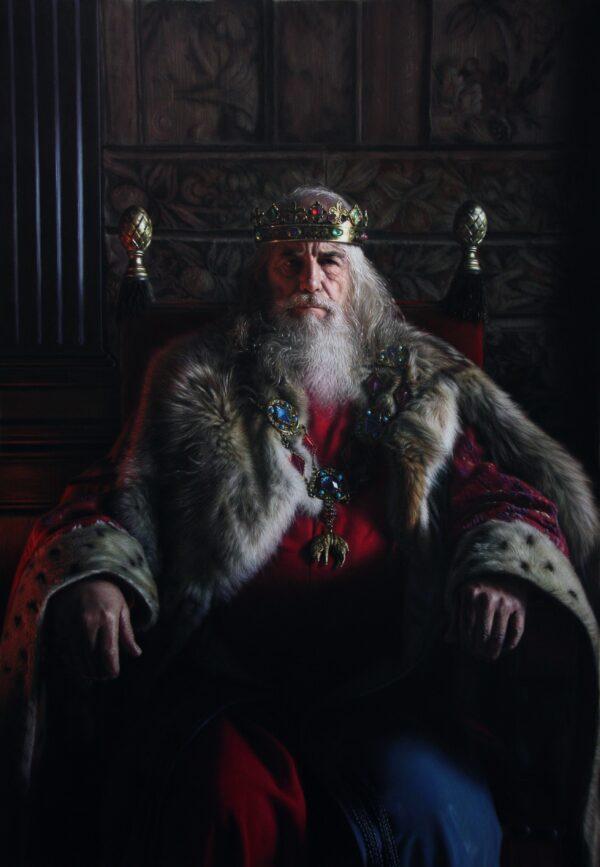Spanish master pastel painter Rubén Belloso Adorna paints astonishing, lifelike paintings that often offer a glimpse into a Greek myth, a biblical tale, or even a faraway fairy tale. But each and every one of his paintings is based on his own life experience, and almost all of them rely on his family or friends as models.

"Once upon a time," 2016, by Rubén Belloso Adorna. Pastel on paper; 39 3/8 inches by 27 1/2 inches. Courtesy of Rubén Belloso Adorna






